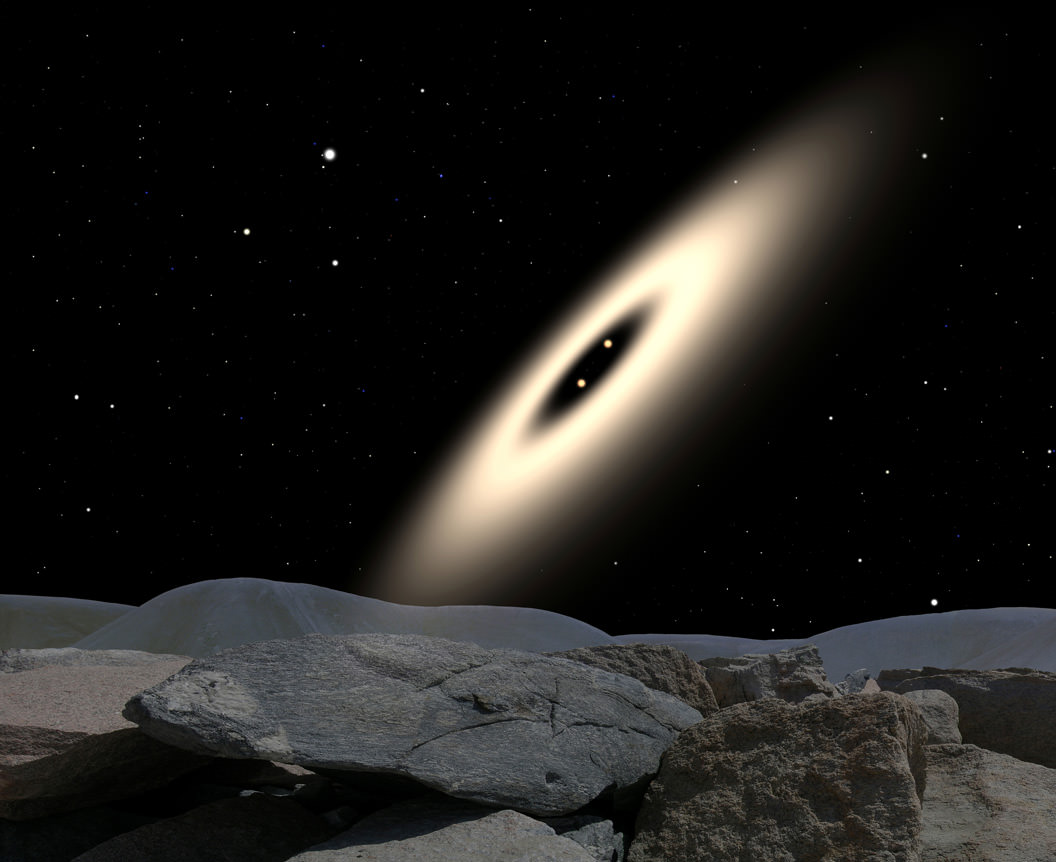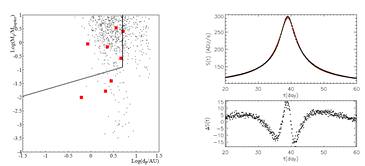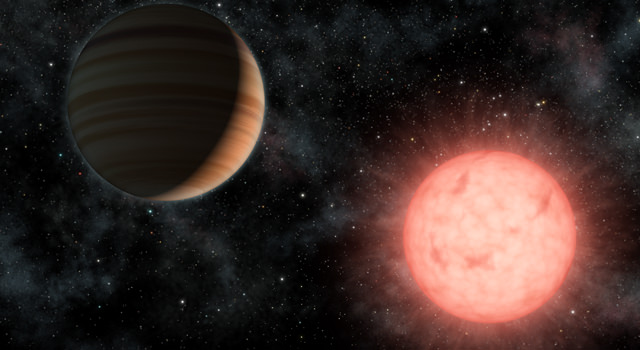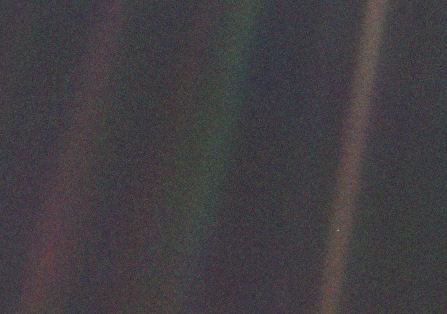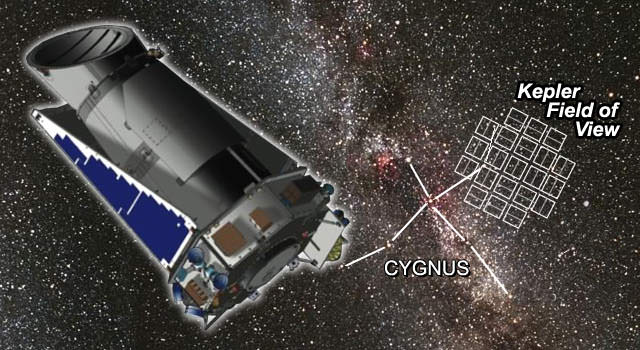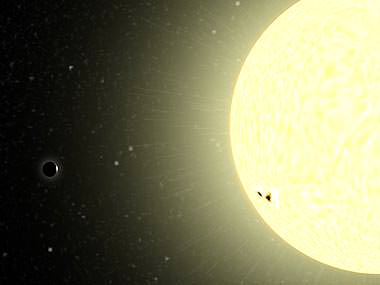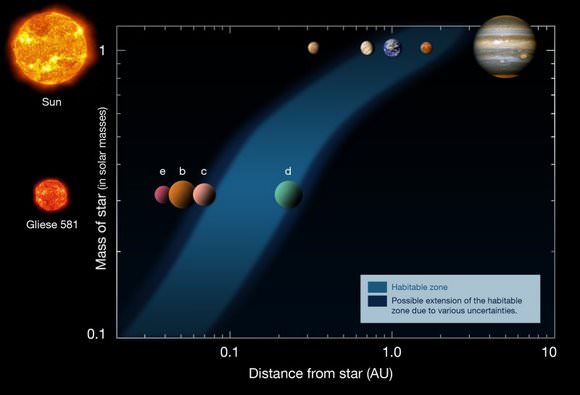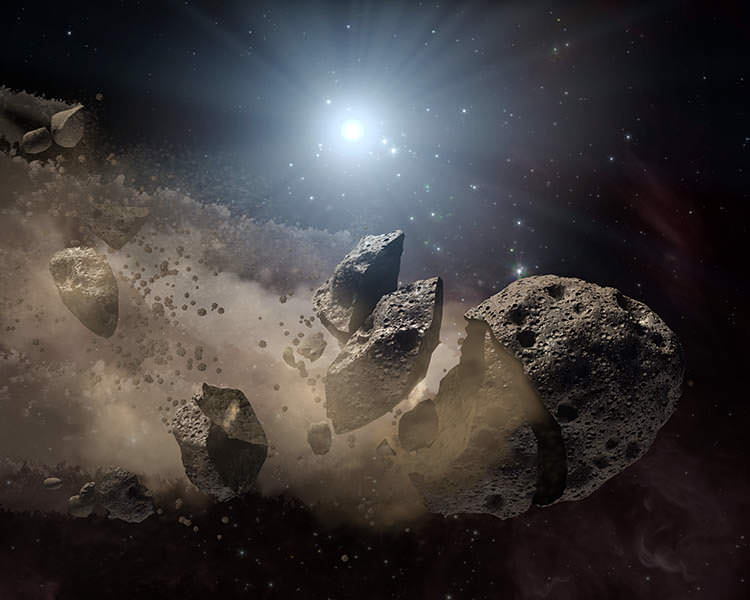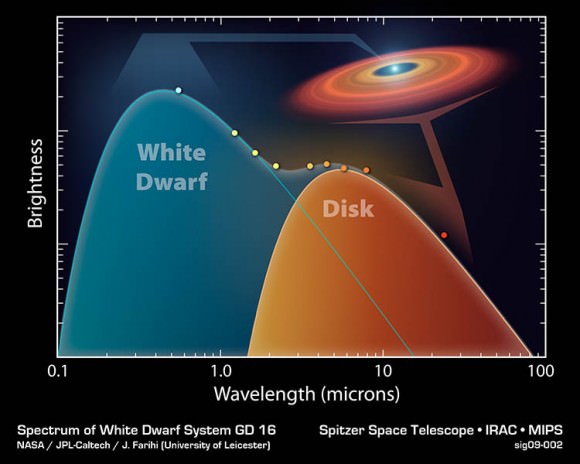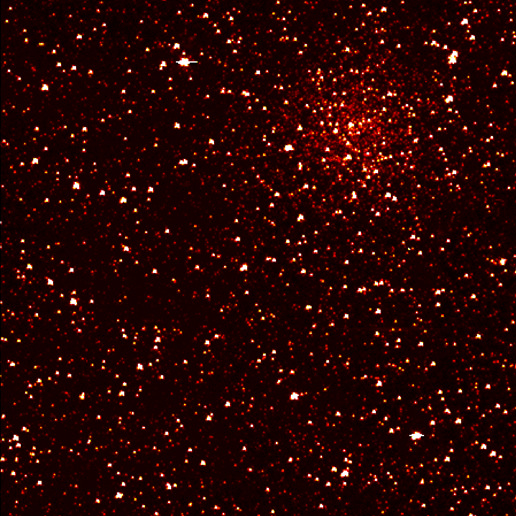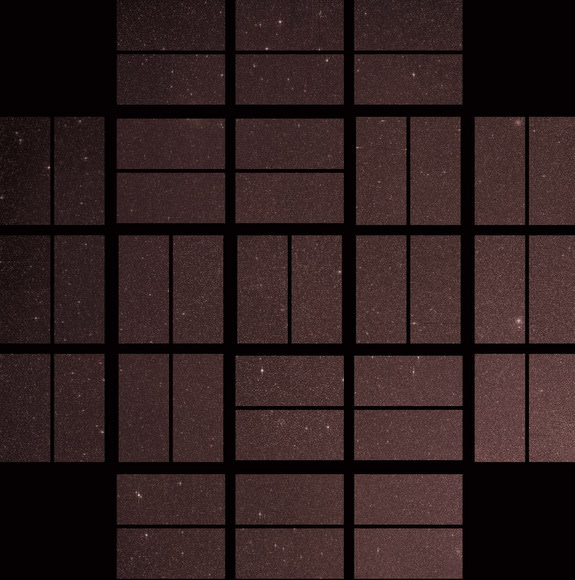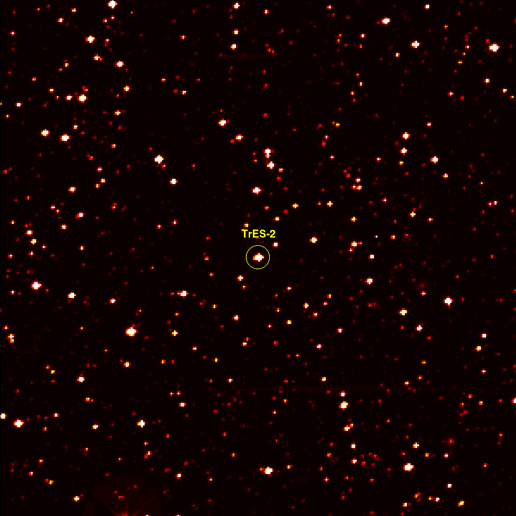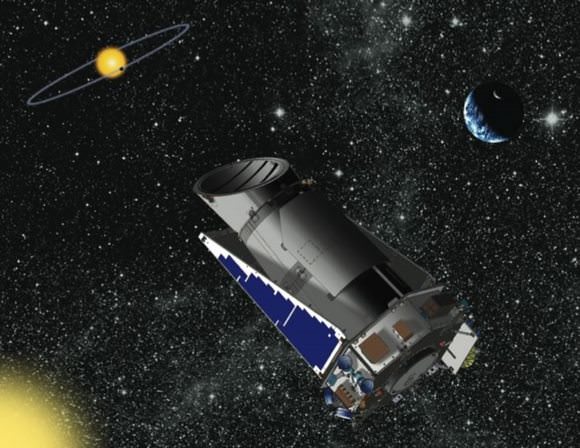[/caption]
Science fiction is lousy with examples of planets that orbit a system of two suns. Tatooine, in the Star Wars saga, is endowed with a pair of suns to light up the sky, as is the planet Magrathea in The Hitchhiker’s Guide to the Galaxy. It would indeed be quite a spectacle to wake up to more than one Sun every day for us who have only one. This sight may entirely be possible to view around the young binary star system V4046 Sagittarii, as new images from the Smithsonian’s Submillimeter Array (SMA) have confirmed the existence of a molecular cloud – which could harbor, or later produce planets – orbiting the twin stars. This is the first time that evidence of planetary formation around a binary system of stars has been uncovered.
“We believe that V4046 Sagittarii provides one of the clearest examples yet discovered of a Keplerian, planet-forming disk orbiting a young star system,” said David Wilner of the Harvard-Smithsonian Center for Astrophysics in a press release issued today at the American Astronomical Society (AAS) meeting in Pasadena, Calif.
The disk has traces of carbon monoxide and hydrogen cyanide, gases that are telltale signs of planetary formation. It also lies between 30 -300 Astronomical Units from the central binary star system, a distance at which it is likely that our own giant planets Jupiter and Saturn formed, as well as the Kuiper belt objects. The two stars that make up the V4046 Sagittarii binary system are both approximately the mass of the Sun, and separated by a distance of 5 solar diameters.
Joel Kastner of the Rochester (NY) Institute of Technology, the lead scientist on the study, said in the press release“It’s a case of seeing is believing….We had the first evidence for this rotating disk in radio telescope observations of V4046 Sagittarii that we made last summer. But at that point, all we had were molecular spectra, and there are different ways to interpret the spectra. Once we saw the image data from the SMA, there was no doubt that we have a rotating disk here.”

The team of astronomers from the Harvard Smithsonian Center for Astrophysics and the Rochester Institute of Technology used the 30-meter radio telescope operated by the Institut de Radio Astronomie Millimetrique (IRAM) to pin down the the composition of the cloud, then used images from the Submillimeter Array to further confirm the finding. Both telescopes are sensitive to light in the submillimeter spectrum, which emanates from cold interstellar material such as gas and dust.
This new finding bodes well for the possibility that many other binary star systems harbor planets, and gives astronomers a new place to search for planets outside of our own solar system. Even better, V4046 Sagittarii is only 240 light-years away from our solar system, meaning that there’s a good chance that astronomers can image any planets that have already formed in the disk.
Source: AAS, Harvard-Smithsonian Center for Astrophysics

